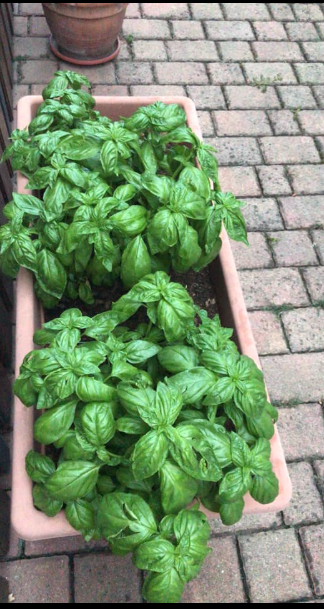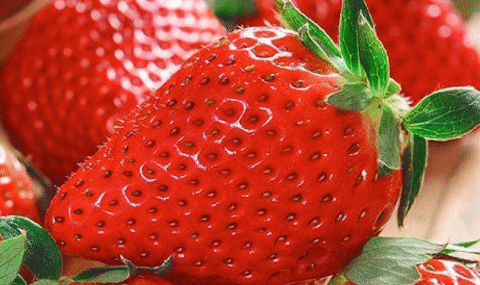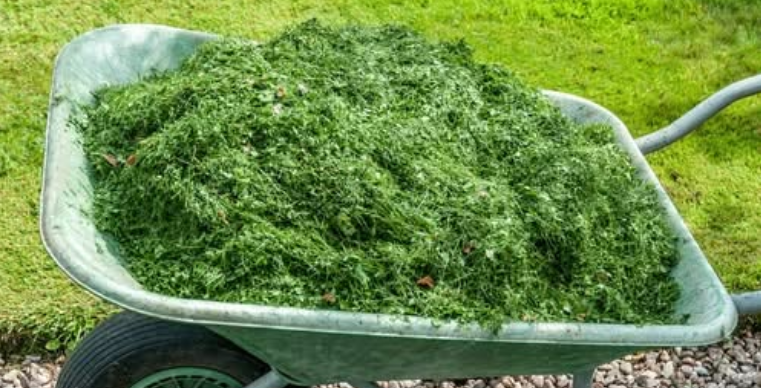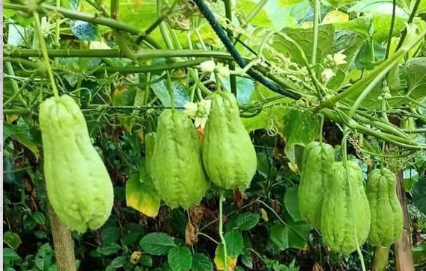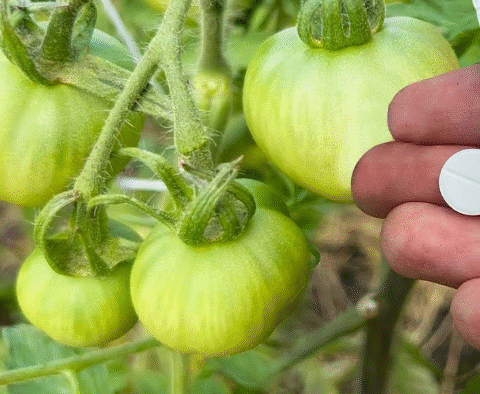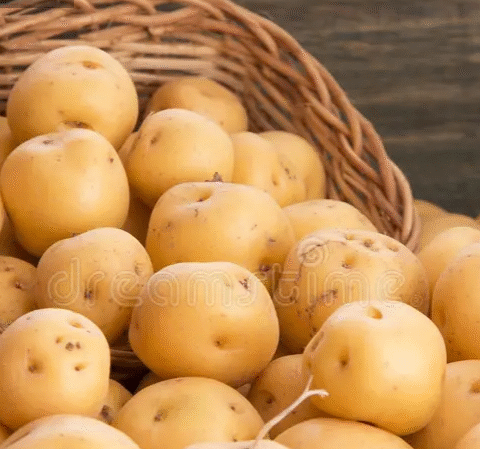9 Basil Growing Tips to Grow the Best Basil Plants 🌿
Basil (Ocimum basilicum) is one of the most beloved herbs in the world, celebrated for its vibrant aroma, fresh flavor, and versatility in the kitchen. Whether you use it in a classic Italian pesto, a fragrant Thai curry, or a refreshing summer salad, growing your own basil can be incredibly rewarding. In this comprehensive guide, we’ll explore nine proven tips for cultivating the healthiest, most flavorful basil plants possible, along with expert insights, safety tips, and answers to your most common questions.
Why Grow Your Own Basil? 🌱
Aside from the satisfaction of harvesting your own herbs, growing basil at home ensures that you get pesticide-free, fresh leaves packed with natural oils and aroma. Basil is relatively easy to cultivate, making it perfect for beginners and experienced gardeners alike.
1. Choose a Sunny Spot ☀️
Basil loves sunlight. According to Dr. Leila Nour, a horticulture specialist at the University of California, “Basil thrives in at least 6 to 8 hours of direct sunlight daily, but in hotter climates, it benefits from some afternoon shade to prevent wilting.” If you live in a subtropical or tropical zone (USDA Zone 9 and above), shield your plants from the harshest afternoon rays.
2. Grow Basil in Containers for Flexibility 🪴
Container growing allows you to move your basil to follow the sun or protect it from sudden weather changes. A 6–8 inch pot is sufficient for most home growers. In hotter climates, opt for a slightly larger container to help maintain soil moisture.
3. Use the Right Soil Mix 🌾
Basil thrives in well-draining soil that retains some moisture. If your potting soil lacks nutrients, mix in organic compost or a balanced slow-release fertilizer. However, Prof. Mark Benson, a plant nutrition expert, warns that “overly rich soil can promote excessive leaf growth at the expense of essential oils, which are responsible for basil’s distinctive aroma.” Aim for a balance.
4. Keep Soil pH Slightly Acidic to Neutral ⚖️
Basil prefers a soil pH between 5.5 and 7.5. You can test your soil with an inexpensive pH kit. If the soil is too acidic, adding garden lime can help; if too alkaline, incorporate composted pine needles or peat moss.
5. Water Smartly 💧
Basil dislikes drying out completely, especially in hot weather. Water when the top inch of soil feels dry, but avoid overwatering, which can lead to root rot. Always check the soil moisture before watering.
6. Avoid Overhead Watering 🚫
Watering basil from above can encourage fungal diseases like downy mildew. Instead, water at the base of the plant. This simple practice can extend your basil’s lifespan significantly.
7. Feed Regularly During Growth Season 🌿
Apply a half-strength balanced liquid fertilizer or compost tea every two weeks during the growing season. This ensures steady, healthy growth without overwhelming the plant.
8. Pinch and Prune for Bushier Growth ✂️
Pinch back basil every couple of weeks, especially the terminal shoots before they flower. Flowering reduces leaf production and the concentration of essential oils, so regular pruning keeps your basil both lush and flavorful.
9. Harvest at the Right Time 🌞
Once basil is about 40–50 days old, you can begin harvesting. The North Carolina State Extension recommends harvesting in the early morning for peak flavor, as the leaves contain the highest concentration of essential oils before the midday sun evaporates them.
Nutritional & Health Benefits of Basil 🍃
| Component | Per 100g | Health Benefit |
|---|---|---|
| Vitamin K | 414.8 µg | Supports bone health and blood clotting |
| Vitamin A | 264 µg | Boosts immune system and vision |
| Vitamin C | 18.0 mg | Antioxidant, supports immune function |
| Calcium | 177 mg | Strengthens bones and teeth |
| Iron | 3.17 mg | Supports oxygen transport in blood |
10 Common FAQs About Growing Basil ❓
- Can basil grow indoors? Yes, basil grows well indoors if given sufficient light—preferably from a sunny windowsill or a grow light.
- How long does basil take to mature? Typically 40–60 days from sowing.
- Why are my basil leaves turning yellow? This can be due to overwatering, nutrient deficiency, or lack of sunlight.
- Can I propagate basil from cuttings? Absolutely—place cuttings in water until roots form, then transplant.
- What pests affect basil? Aphids, spider mites, and whiteflies are common threats.
- Does basil regrow after cutting? Yes, if you cut above a leaf node, basil will regrow from side shoots.
- What’s the best temperature for basil? Between 70°F and 90°F (21°C–32°C).
- Can I freeze basil? Yes, you can freeze whole leaves or pesto for long-term storage.
- Should I remove basil flowers? Yes, unless you’re collecting seeds—flowering reduces leaf flavor.
- Can basil grow in water only? Yes, basil can grow hydroponically with proper nutrients.
Final Thoughts 🌟
With the right conditions—sunlight, soil, watering, and pruning—your basil plants can thrive and reward you with aromatic leaves all season long. By following these nine expert tips, you’ll be well on your way to becoming a basil-growing master, whether in your backyard, balcony, or kitchen windowsill.
For related recipes using fresh basil, visit AllRecipes.
